Hybrid Work Productivity Truths
Are your organization’s hybrid work policies stuck in endless debates about location? London Business School professor Lynda Gratton offers a refreshing alternative based on her three decades of workplace research. Gratton challenges leaders to focus on job tasks, not where work is done. As she explains, using her own experience as an example: “I’m a […]

Are your organization’s hybrid work policies stuck in endless debates about location? London Business School professor Lynda Gratton offers a refreshing alternative based on her three decades of workplace research.
Gratton challenges leaders to focus on job tasks, not where work is done. As she explains, using her own experience as an example: “I’m a writer, and I may need three hours of undisturbed time. I could do that at home or in the office. What matters is being undisturbed.”
In this video, you’ll discover:
- The limitations of traditional productivity metrics in hybrid work.
- How to match specific tasks to appropriate work settings.
- Communicating the “deal” you’re making with employees about workplace flexibility.
- The benefits of involving employees in work design.
Gratton also introduces the idea of organizational red lines — nonnegotiable principles, like maintaining customer satisfaction — while emphasizing that leaders must model the behaviors they expect from their teams.
For more insights, read Gratton’s MIT SMR column on effective hybrid work strategies, “Seven Truths About Hybrid Work and Productivity.”
Video Credits
Lynda Gratton (@lyndagratton) is a professor of management practice at London Business School and founder of HSM Advisory. Her most recent book is Redesigning Work: How to Transform Your Organization and Make Hybrid Work for Everyone (MIT Press, 2022).
Leslie Brokaw is a contributing editor at MIT Sloan Management Review.
M. Shawn Read is the multimedia editor at MIT Sloan Management Review.






























































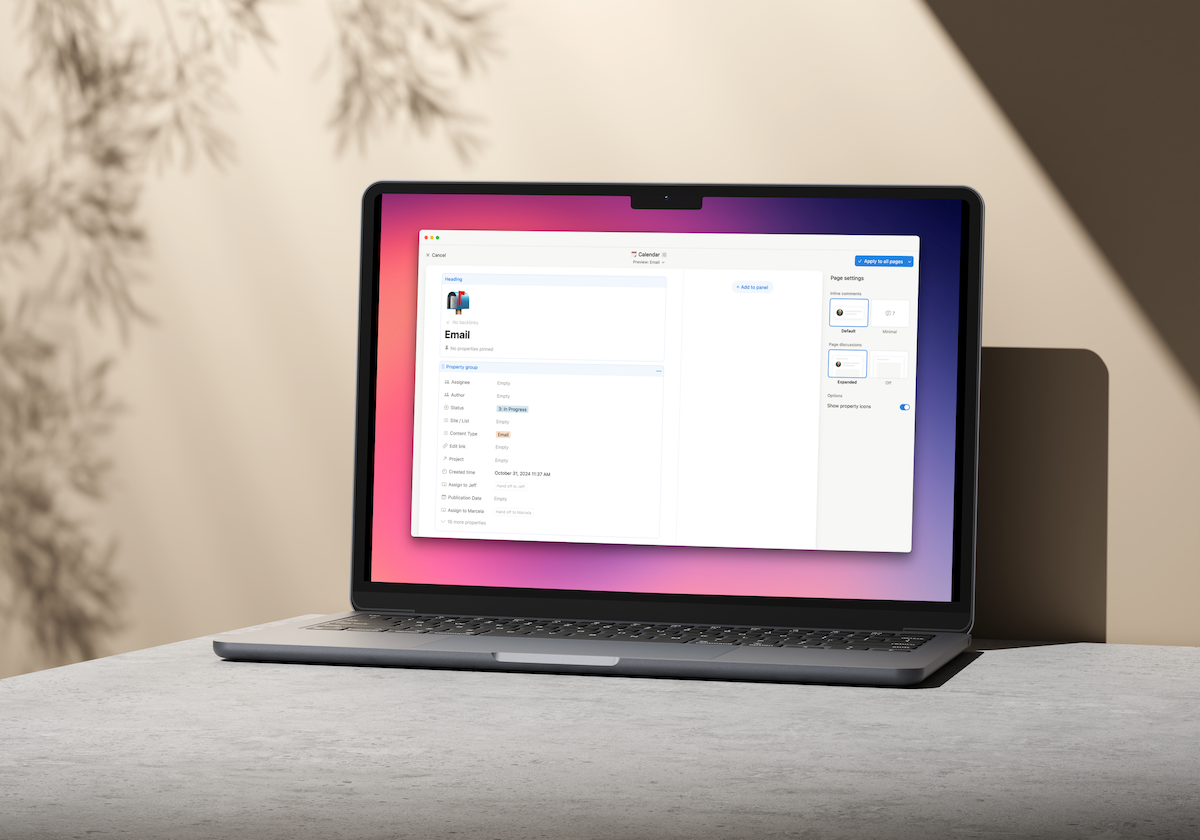













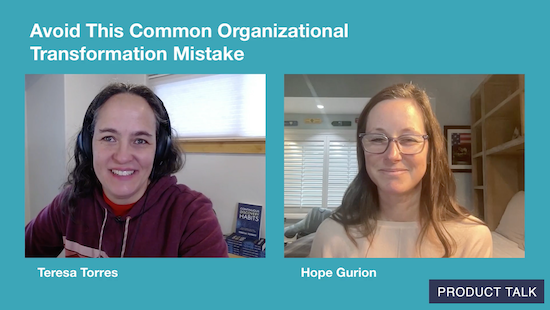
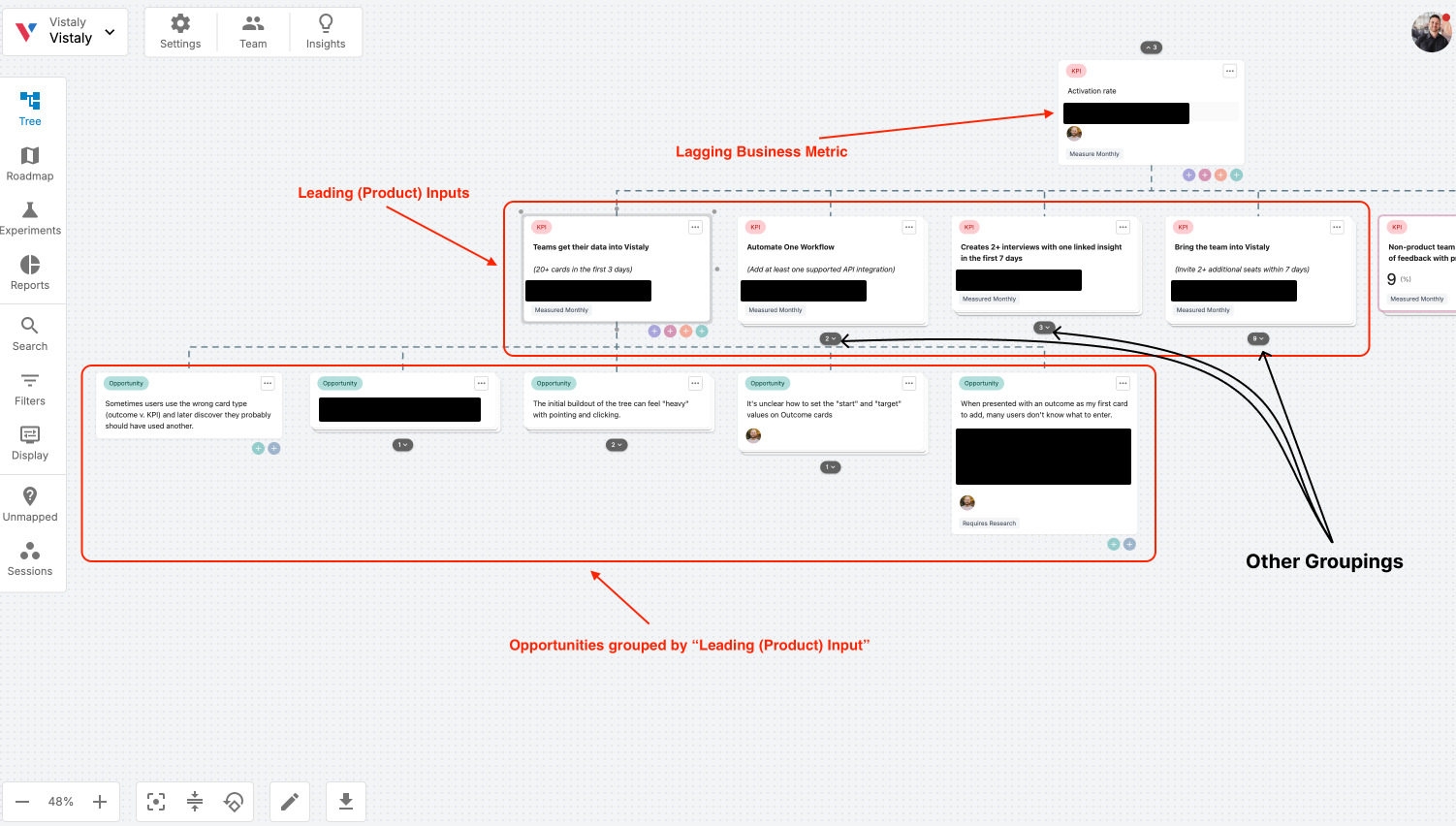
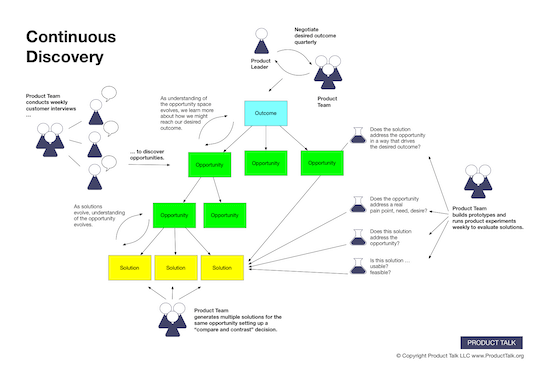



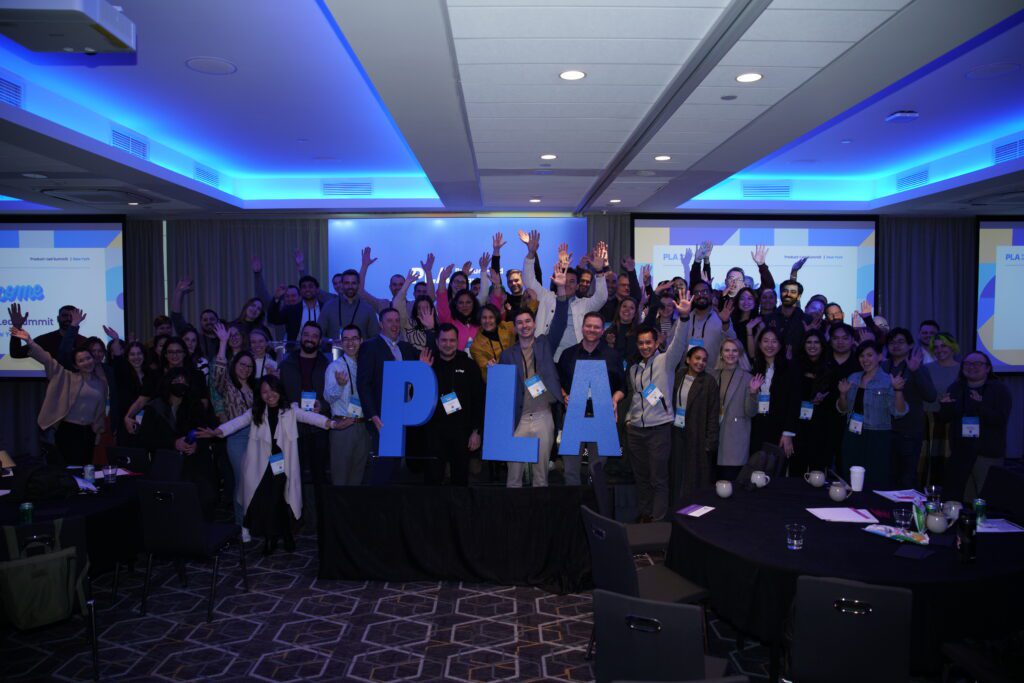






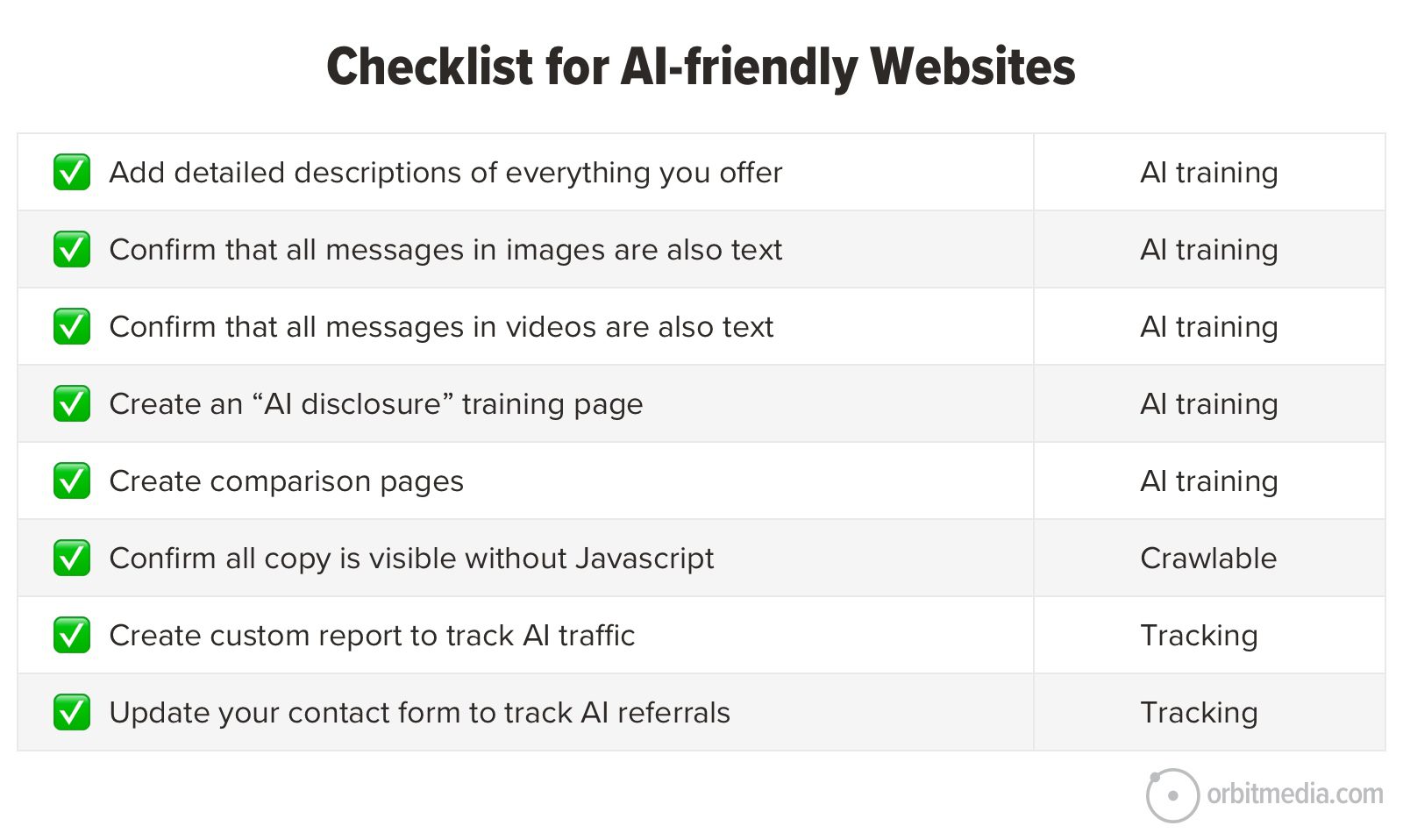



![Building A Digital PR Strategy: 10 Essential Steps for Beginners [With Examples]](https://buzzsumo.com/wp-content/uploads/2023/09/Building-A-Digital-PR-Strategy-10-Essential-Steps-for-Beginners-With-Examples-bblog-masthead.jpg)



![How One Brand Solved the Marketing Attribution Puzzle [Video]](https://contentmarketinginstitute.com/wp-content/uploads/2025/03/marketing-attribution-model-600x338.png?#)





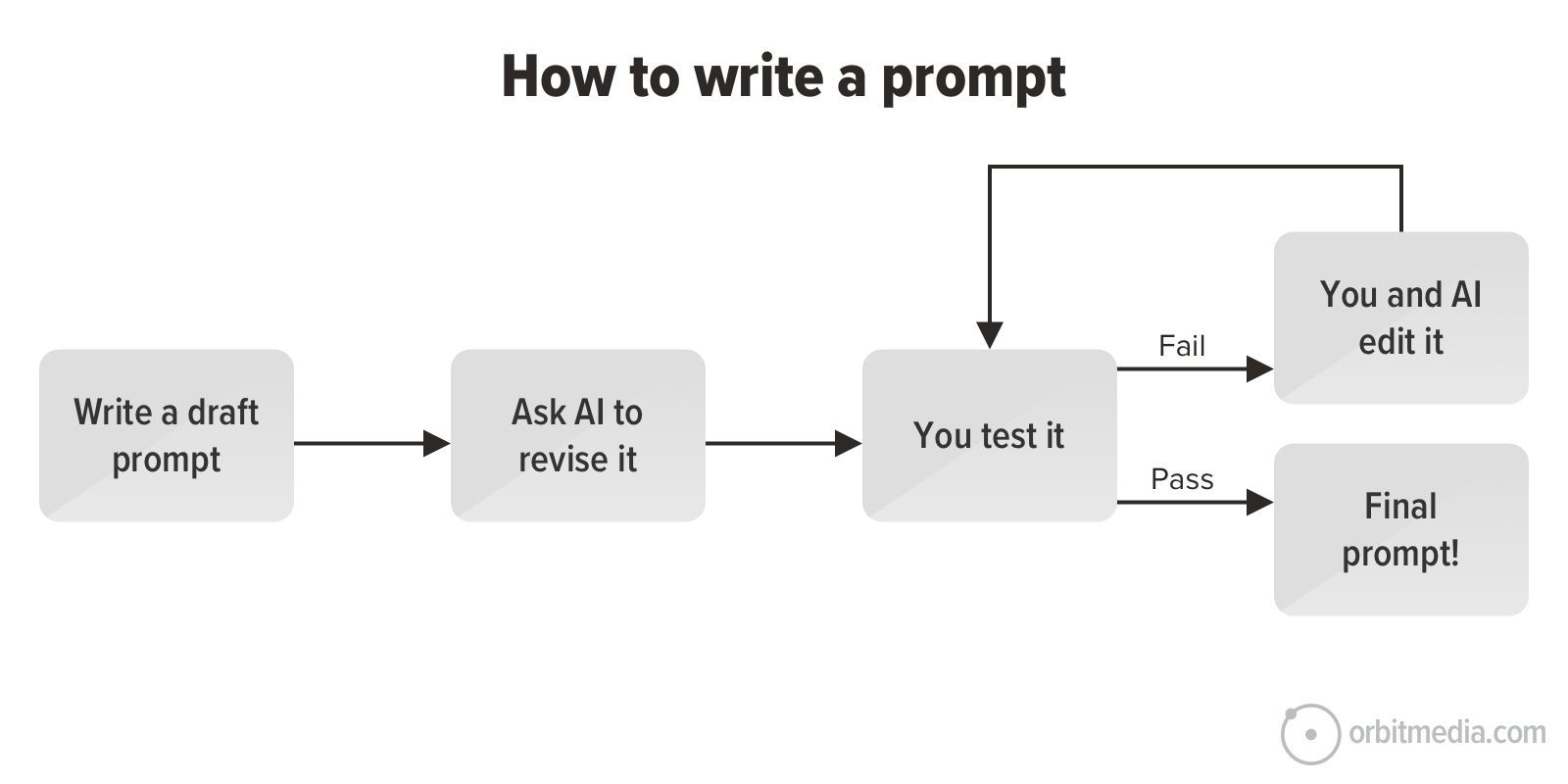
![How to Use GA4 to Track Social Media Traffic: 6 Questions, Answers and Insights [VIDEO]](https://www.orbitmedia.com/wp-content/uploads/2023/06/ab-testing.png)































